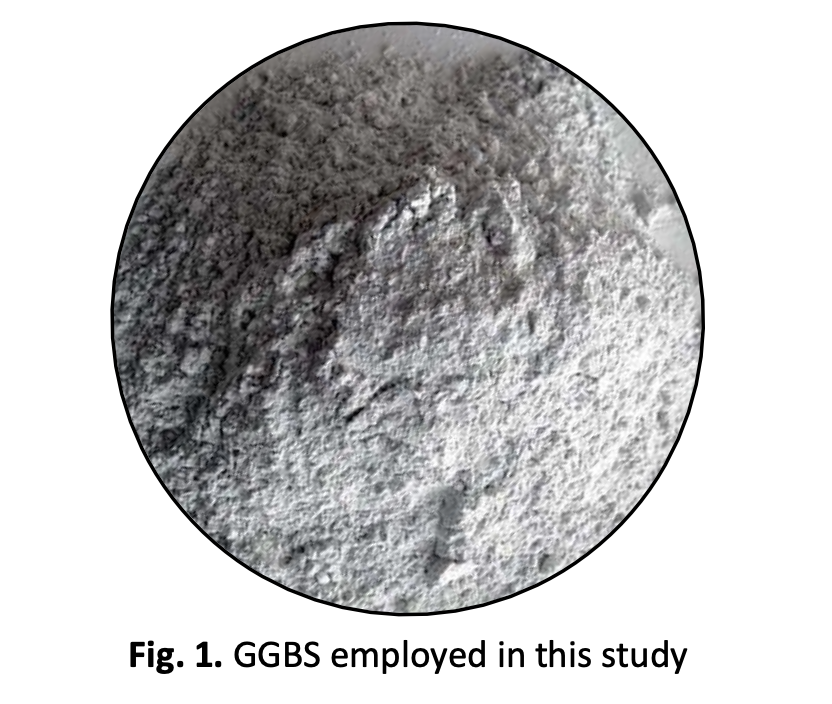Thermal Performance and Electrical Sensitivity of Foamed Concrete Incorporating Ground Granulated Blast-Furnace Slag (GGBS)
DOI:
https://doi.org/10.37934/arfmts.109.1.1326Keywords:
Foamed concrete, ground granulated blast furnace slag, thermal conductivity, electrical sensitivity, porosity, water absorptionAbstract
The steady stream of technological advancements in the realm of construction materials has engendered an increased emphasis on the investigation of foamed concrete produced with agricultural waste, with the aim of enhancing the resilience and thermodynamic attributes of foamed concrete. The transport characteristics and aggressive ions via the foamed concrete microstructure partially govern degradation processes in foamed concrete structures that impact durability. Ions are charged, therefore the capacity of foamed concrete to resist ion transfer is heavily dependent on its electrical resistivity and thermal performance. As a result, a link between the electrical resistivity and thermal characteristics of foamed concrete and degradation processes such as increased permeability and corrosion of embedded steel might be envisaged. Therefore, the present study aims to investigate the prospective application of ground-granulated blast-furnace slag (GGBS) in foamed concrete, specifically examining its impact on the electrical sensitivity and thermal conductivity of said material. The objective of this study is to determine the electrical sensitivity and thermal conductivity of foamed concrete when GGBS is incorporated. The density of 800 kg/m3 was made and evaluated. Various weight fractions of GGBS ranging from 10% to 50% were employed. Five durability properties of foamed concrete were assessed, namely electric sensitivity, porosity, water absorption, thermal diffusivity, and thermal conductivity. The experimental findings demonstrated that the incorporation of 30% of GGBS yielded the most favourable outcomes in terms of durability properties. When the weight fraction of GGBS reached 30%, maximum compaction was achieved in the cement matrix, resulting in exceptional mix regularity. The presence of GGBS at inclusion levels exceeding 30% resulted in the observation of both accumulation and non-uniform dispersion of GGBS particles. These phenomena subsequently caused a decrease in the overall parameters that were evaluate.
Downloads
































